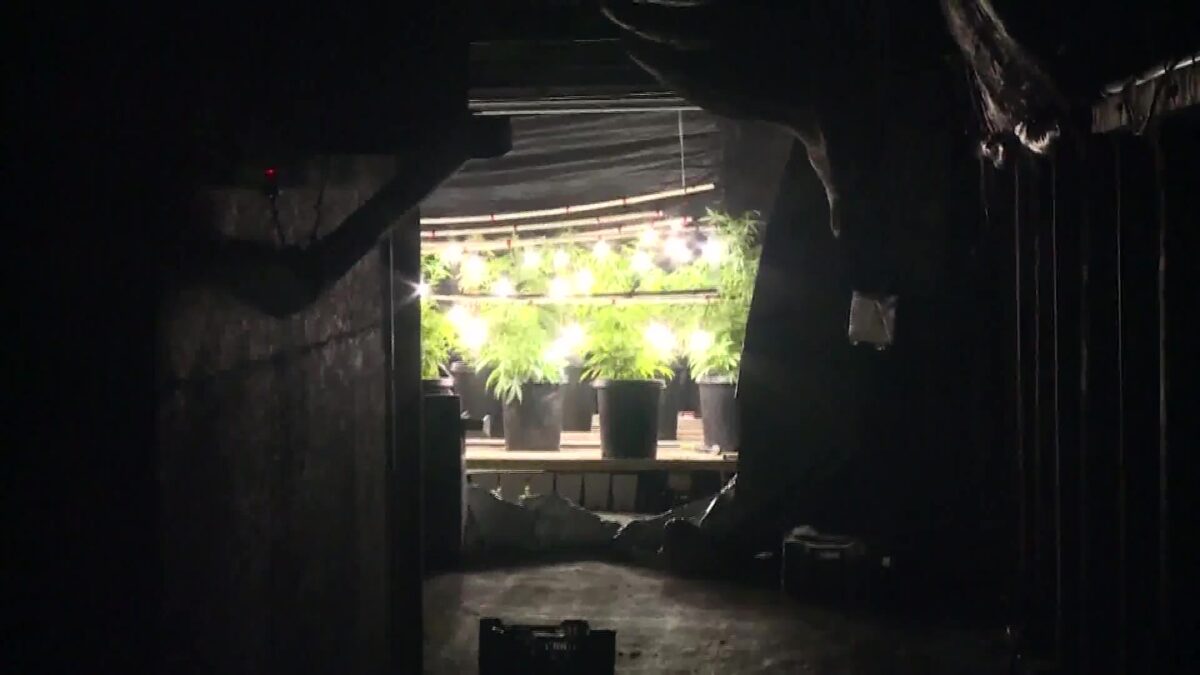Melinda Burns
BUELLTON, Calif. – A class action lawsuit with broad implications for outdoor cannabis growers and their neighbors is approaching a pivotal moment, three years after it was filed in Santa Barbara County Superior Court.
The plaintiffs in the case are Pence Vineyards & Winery, at 1909 West Highway 246; and Quantum Wines, the indoor and outdoor tasting rooms at that location. The defendants are Santa Barbara Westcoast Farms, a 50-acre outdoor cannabis operation across the road, at 1800 West Highway 246; and Scott Rudolph of La Jolla, a Westcoast manager.
Blair Pence, the owner of the vineyard and tasting rooms, alleges that the smell of pot from Westcoast has driven away his customers, lowered his property values and exposed him to “noxious odors and harmful chemical compounds,” court records show. He claims that the visitors to his indoor and outdoor tasting rooms dropped from 7,600 in 2021, when Westcoast began operations, to 3,300 last year.
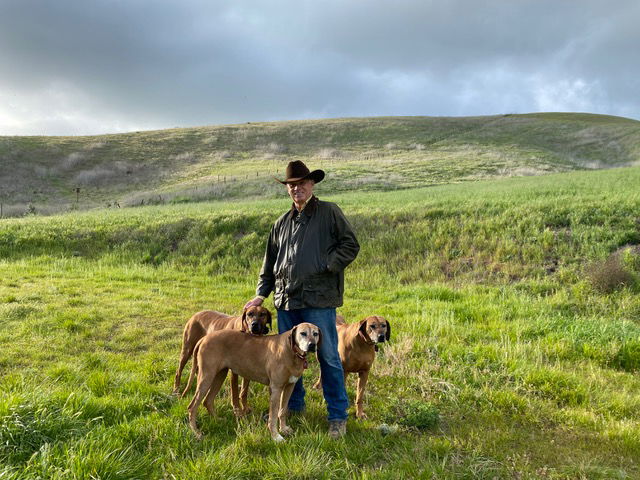 Blair Pence is the owner of Pence VIneyard & Winery and Quantum Wines, the plaintiffs that are suing Westcoast, seeking monetary damages for business losses that they allege are linked to the smell of pot from the cannabis operation across Highway 246. Courtesy photo.
Blair Pence is the owner of Pence VIneyard & Winery and Quantum Wines, the plaintiffs that are suing Westcoast, seeking monetary damages for business losses that they allege are linked to the smell of pot from the cannabis operation across Highway 246. Courtesy photo.
A table of the monthly net sales of wine for Quantum Wines, included in court files, shows an overall decline from a peak of $113,00 in October 2021 to $44,000 in October 2024.
On July 2, Superior Court Judge Patricia Kelly is expected to rule on whether to certify dozens of homeowners and business owners within a two-mile radius of Westcoast as a “class” that could collectively seek damages in the case.
“The Smell Crescendos”
Buellton-area complaints from vintners and residents about the smell of pot from the outdoor cannabis “grows” to the west and upwind of the city, including Westcoast, are longstanding. The Sta. Rita Hills west of Buellton is a federally designated American Viticultural Area, and a number of vintners operate tasting rooms in the region.
In the Carpinteria Valley, the county Board of Supervisors recently required cannabis greenhouse growers to install clean-air technology to get rid of the smell of pot that wafts out of their open roof vents and into urban neighborhoods. But the board has not generally tackled the smell from outdoor operations. Some North County growers are cultivating cannabis under hoops, but many others, like Westcoast, are growing it in open fields.
 These tiny marijuana plants will be ready for harvest in the fall. Photo by Carl Perry.
These tiny marijuana plants will be ready for harvest in the fall. Photo by Carl Perry.
In court files, Pence describes the smell that he attributes to Westcoast as “a thick, heavy, strong stench of cannabis during the growing and harvesting seasons that can occur for three months at a time and as often as twice a year.” His customers don’t keep track of which periods are better or worse, Pence says.
“I think the issue is the general stigmatization of the business and the property,” he said in a March 25 deposition this year. “ … As the smell crescendos, we understand those details of it but the consumer doesn’t. The consumer just knows there’s a problem at Pence, that there is a cannabis stench at Pence … And the consumer doesn’t want to drive through a pot smell area to go tasting. It’s a turn-off.”
“Hints of Sweet/Chocolatey”
Like other outdoor growers, Westcoast was granted a county zoning permit for two annual harvests — one in the spring and one in the fall. In 2022 and 2023, there was only one harvest at Westcoast.
Westcoast’s representatives argue that the smell from their operations is “floral” in nature, dissipates in the wind and doesn’t travel far. It is present only during the three or four weeks of harvest, they say.
“For between five and eight months a year, the only plants growing on the property are mustard seed, oats and other typical cover crops,” Kavaughn Baghbeh, the Westcoast project manager, states in a May 28, 2025 declaration for the court.
Westcoast contends there is no evidence that the smell of cannabis from their operation is linked to Pence’s claim of diminished property values. Baghbeh notes that three other cannabis farms are cultivating within a two-mile radius of Westcoast. They are Central Coast Agriculture at 8701 Santa Rosa Road, Castlerock Family Farms at 2200 West Highway 246 and BDZ at 7369 West Highway 246.
Greg Wolff, an environmental engineer who supervised a study of 180 air samples around Westcoast, states in court records that the smell of pot was “infrequent, localized and low in intensity” throughout the growing season and harvest.
“Any odors offsite would be considered faint to the average person,” Wolff said.
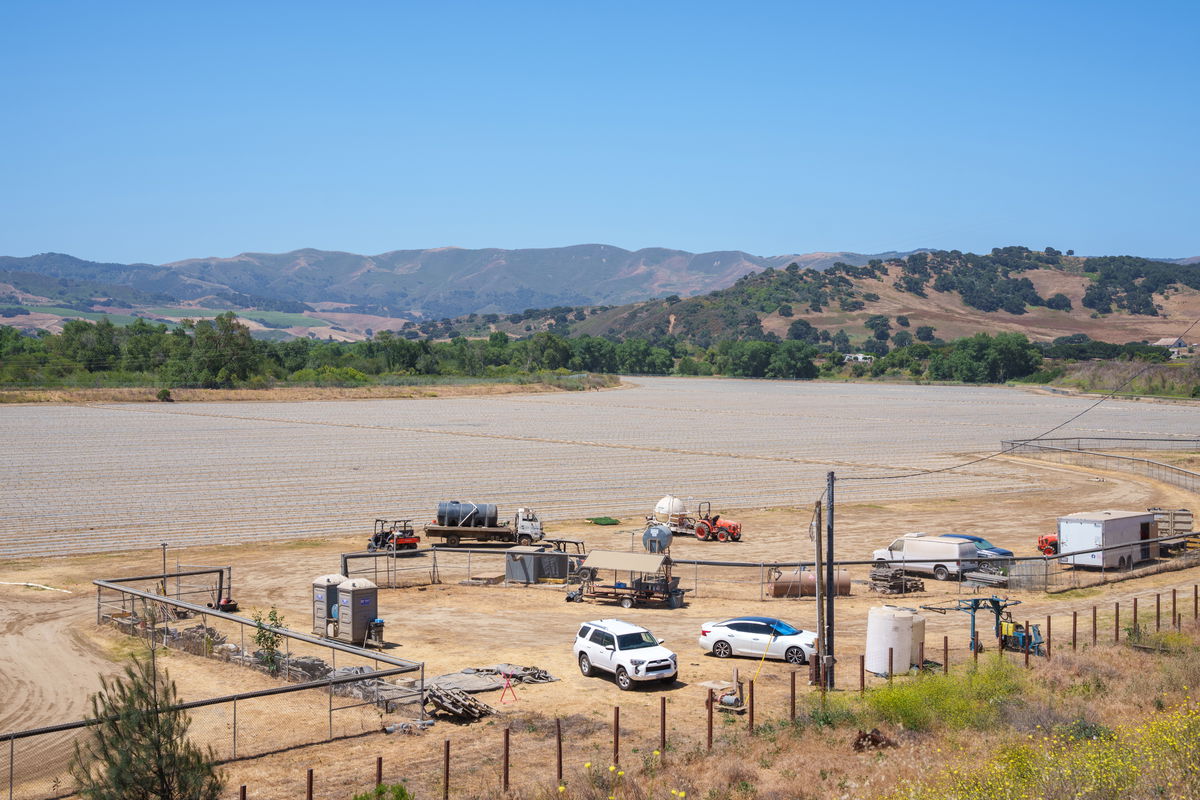 At 50 acres, Westcoast is the sixth largest cannabis operation approved by the county. Outdoor growers are allowed to plant twice a year. Photo by Carl Perry.
At 50 acres, Westcoast is the sixth largest cannabis operation approved by the county. Outdoor growers are allowed to plant twice a year. Photo by Carl Perry.
Unlike the “skunky” smell from other cannabis operations in the vicinity, the smell from Westcoast “could be described as a marijuana/earthy/floral base with hints of sweet/chocolatey,” Wolff said.
At the same time, according to court records, an engineering firm contracted by the county to sample the air last year around cannabis operations in the North County and Carpinteria Valley found “a considerable amount of odor coming from Westcoast’s grow operation.”
Record of Complaints
Westcoast is the sixth largest outdoor cannabis operation in the North County, out of 35 that have been approved for permits to date — in all, 1,100 acres of pot, though much of it is not currently under cultivation.
In recent years, a number of growers have abandoned their projects or fallowed their land. Since 2021, the wholesale price of cannabis in California has fallen 57 percent, on average, amid a glut on the market, state records show. Prices for outdoor cannabis are down 74 percent.
Back in 2020, the coalition sued the county for allegedly failing to conduct adequate environmental review before approving Westcoast and other outdoor cannabis operations between Buellton and Lompoc along 246, the scenic eastern gateway to the Santa Ynez Valley. But the county prevailed.
Since then, as cannabis has moved into the region, residents from Buellton to Solvang have told the county in letters, in person and in formal odor complaints that the smell of pot from outdoor cannabis travels on the wind and settles into low-lying residential areas with the nighttime fog. The smell also is noticeable, they say, in Beullton’s schools, at the recreational center, the local Albertsons and along the Avenue of the Flags.
According to court records in the Pence Vineyards case, residents have filed more than 40 anonymous odor complaints with the county about the smell from Westcoast in recent years. On Oct. 4, 2024, for example, a resident wrote, “It smells so bad I can’t even go outside. My house smells like I am growing cannabis in the living room.”
(Wolff’s study for Westcoast in fact detected a skunky cannabis odor during the evening hours in low-lying Buellton residential areas off Highway 246.)
“There is already ample evidence of the horrible odors” that travel from Westcoast’s property, the plaintiffs state in court records.
Misting System
Westcoast operators are among a handful of outdoor cannabis growers who were required by the county to install odor control as a condition of their zoning permits. Specifically, a system of pipes along the northern and eastern boundaries of Westcoast’s cannabis operation sets up a curtain of perfumed, plant-based mist that is designed to neutralize the smell of pot.
In court documents, however, Pence complains of the “malodors emanating from chemical deodorants” and says “particulate matter” from the odor control system is landing on his properties and destroying his landscaping.
As part of its defense in court, Westcoast submitted signed declarations from 20 people who live, work or own property in the vicinity, including farms and ranches, stating that they either did not smell cannabis or were not bothered by the smell. One person shared a property line with Westcoast, one was across the street, and a few were more than two miles away.
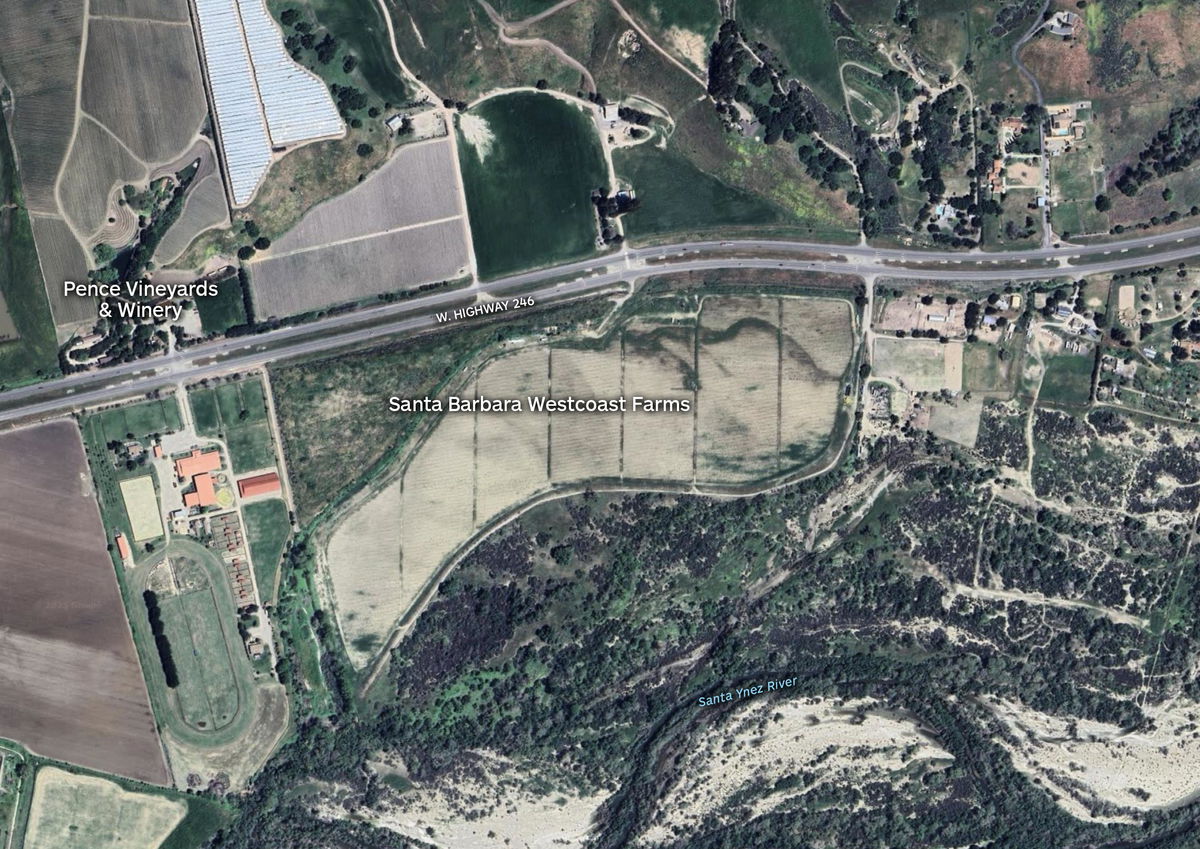 Cannabis is grown seasonally in the fields shown as light brown at Westcoast Farms. The dark green northwestern corner of the property is undeveloped. Google Earth photo.
Cannabis is grown seasonally in the fields shown as light brown at Westcoast Farms. The dark green northwestern corner of the property is undeveloped. Google Earth photo.
“Yes, there is some cannabis odor for a short period of time,” wrote Chris Rickman at 926 West Highway 246, “but the same can be said for many vegetables grown to the west of us as well.
Westcoast’s farm is clean and not unsightly. They grow a crop, have permits to do so, and pay taxes. Let them farm.”
Class Certification
Last March, in a class action lawsuit alleging “nuisance odor” from Valley Crest, a cannabis greenhouse operation in the Carpinteria Valley, Superior Court Judge Thomas Anderle certified the homeowners within a one-mile radius of Valley Crest as the “class” in question.
The Valley Crest lawsuit was filed by the Santa Barbara Coalition for Responsible Cannabis, a countywide advocacy group that is led by Pence, who also supports the group financially; and several homeowners and business owners on Casitas Pass Road. The case is scheduled for trial on the merits next year.
If Judge Kelly similarly rules in favor of class certification in the Pence Vineyards case, it would mean that people living within a two-mile radius of Westcoast could join the lawsuit as co-plaintiffs. They would have to show proof that their property values or businesses had suffered because of the smell of pot from Westcoast.
Conversely, if the judge rules against class certification, people living near outdoor cannabis operations would face the cost and challenge of filing separate “nuisance odor” claims.
In court files, Westcoast’s representatives contend that the designation of a two-mile radius for class certification is arbitrary and lacks any scientific basis. They say there is no evidence of odor impacts from its cannabis operation within that area. And if there were impacts, they argue, the harm and resulting damages should be individually litigated, based on “their own particular facts.”
“We feel very strong about our position, but we’ve got to wait and see what Judge Kelly decides,” Lawrence Conlan, a Santa Barbara attorney for Westcoast, said this week.
“Unfair Competition”
Pence Vineyards and Quantum Wines are seeking unspecified monetary compensation for the business losses and reduced property values that they allege are linked to the smell of pot from Westcoast. They also allege that the cannabis operation is violating state law and engaging in “unfair competition” by pumping water from the floodplain of the Santa Ynez River during the dry months, “to the detriment of existing agricultural operations,” including his vineyards.
Under state water law, cannabis growers are banned from pumping ground water from subterranean stream during the months from November 1 to March 31. Cannabis critics say the law has not been enforced.
Westcoast argues, in turn, that the plaintiffs have not proven that any violation of water law has occurred. They say that the location of the cannabis operation near a river “is insufficient on its own to allege a violation of any regulation.” Nor have the plaintiffs explained how the alleged pumping of water from the Santa Ynez River has financially harmed their wine-making business, Westcoast says.
Pence and Robert Curtis, a Santa Barbara attorney who is representing Pence Vineyards and Quantum Wines against Westcoast and the coalition against Valley Crest, did not respond to requests for comment this week.
Melinda Burns is an investigative journalist with 40 years of experience covering immigration, water, science and the environment. As a community service, she offers her reports to multiple publications in Santa Barbara County, at the same time, for free.
The Latest Breaking News, Weather Alerts, Sports and More Anytime On Our Mobile Apps. Keep Up With the Latest Articles by Signing Up for the News Channel 3-12 Newsletter.
Click here to follow the original article.
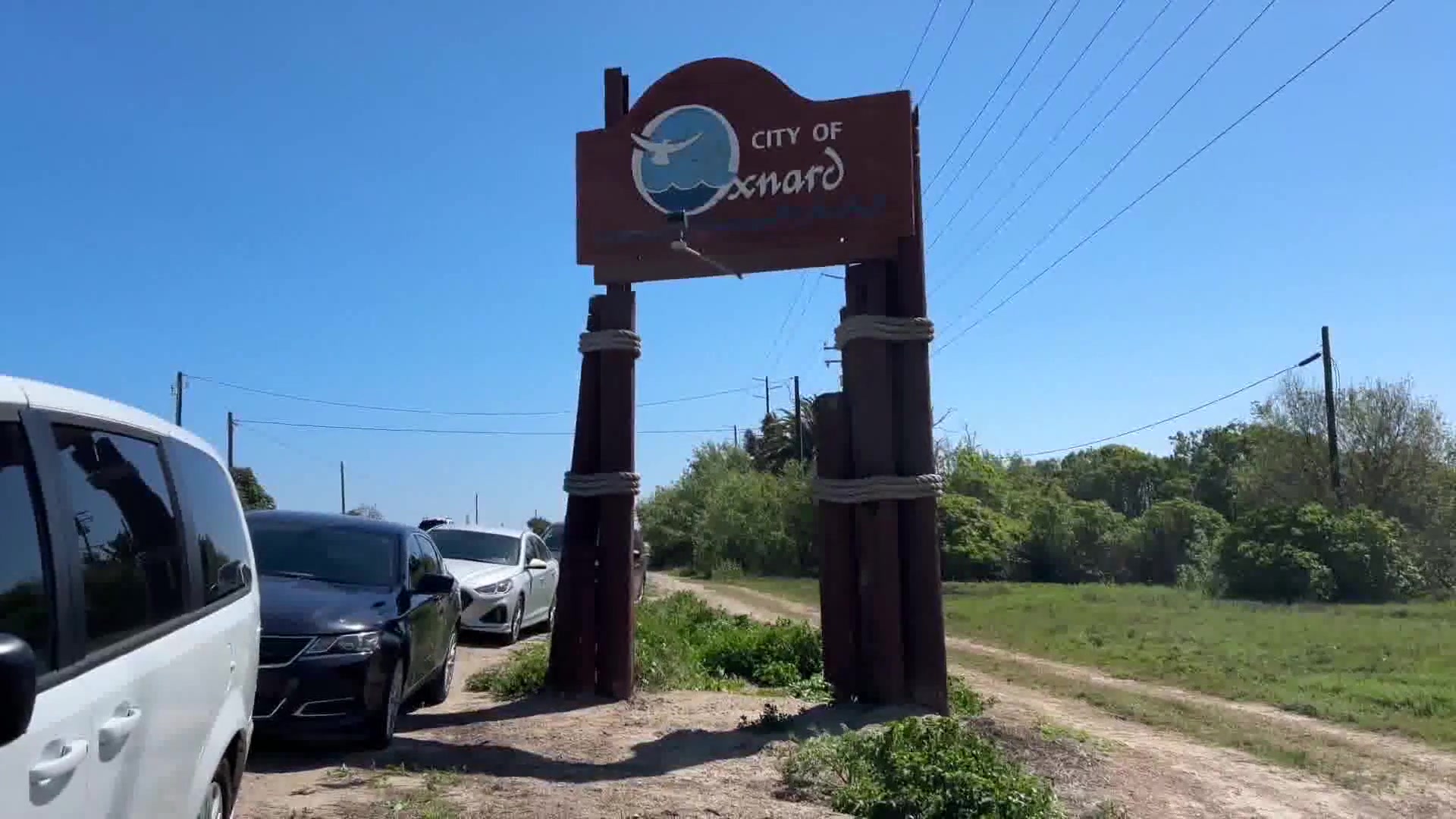


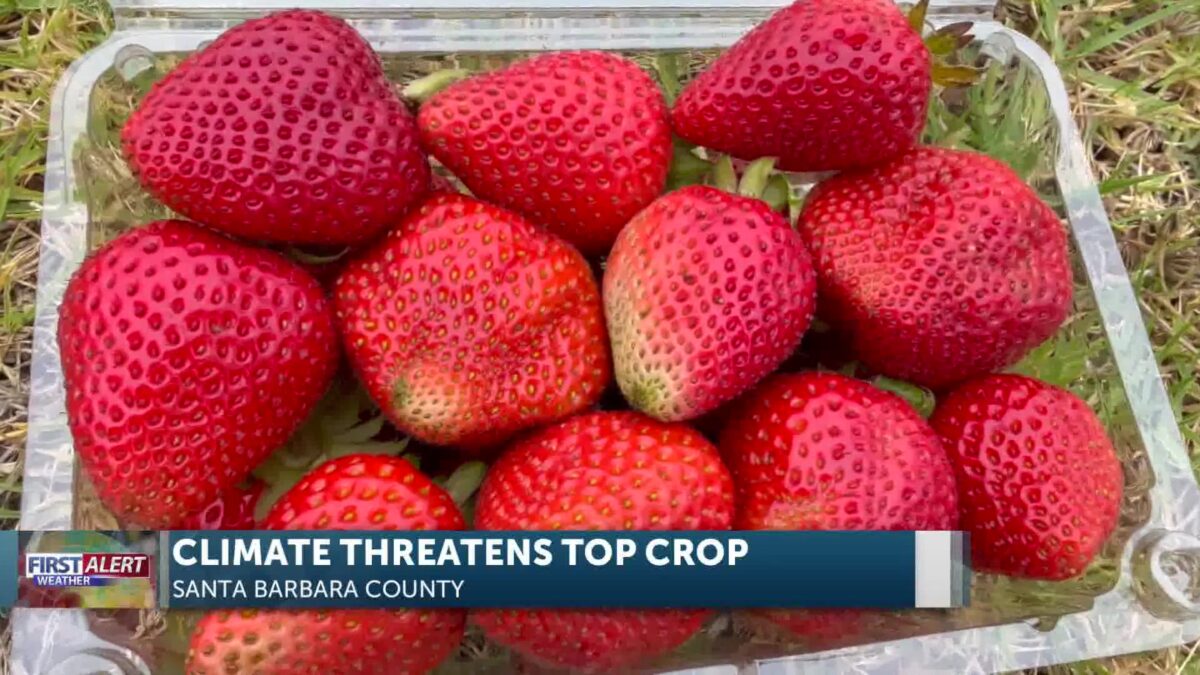
 Flooding impacts to Santa Maria farms during January 2023’s heavy rainstorms
Flooding impacts to Santa Maria farms during January 2023’s heavy rainstorms Strawberries grown by Sunlife Farms in southwest Santa Maria near Skyway Drive
Strawberries grown by Sunlife Farms in southwest Santa Maria near Skyway Drive

 DAOU Winery in Paso Robles
DAOU Winery in Paso Robles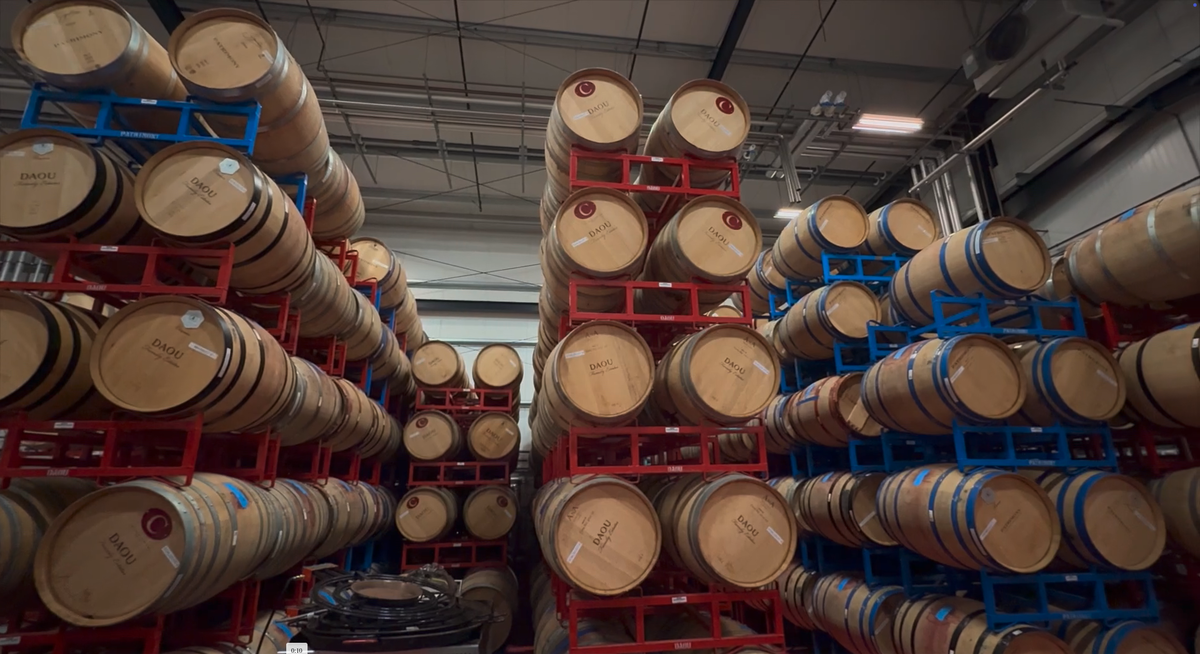 Wine barrels at DAOU Winery
Wine barrels at DAOU Winery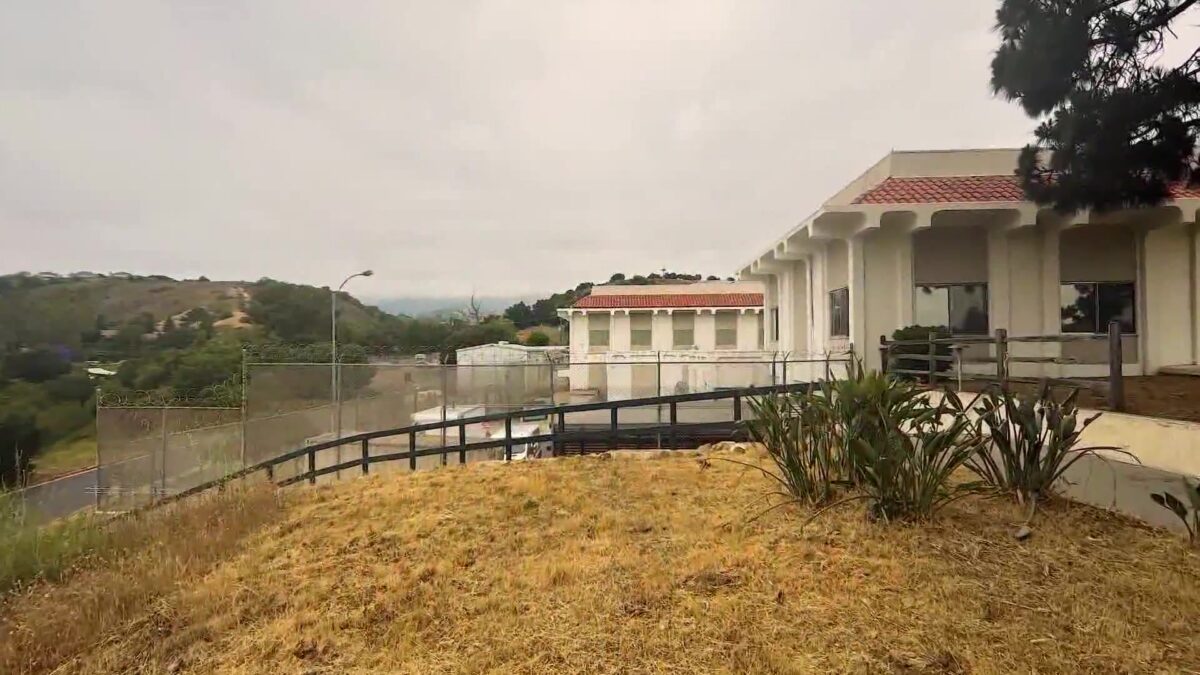
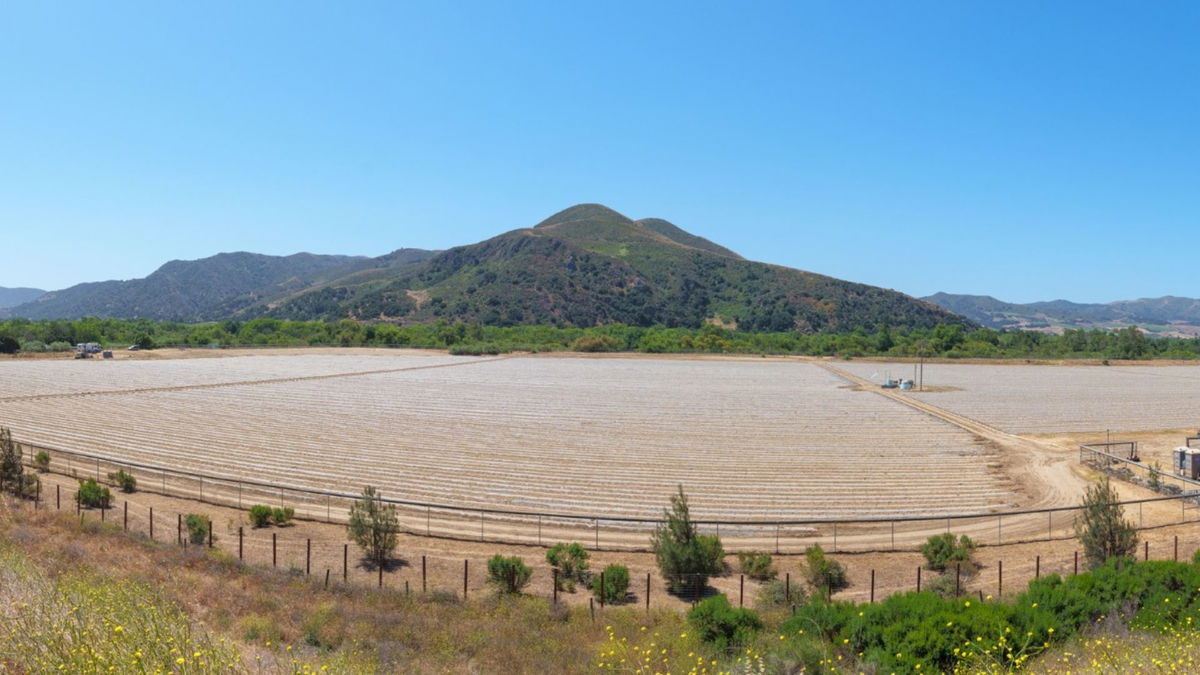
 Blair Pence is the owner of Pence VIneyard & Winery and Quantum Wines, the plaintiffs that are suing Westcoast, seeking monetary damages for business losses that they allege are linked to the smell of pot from the cannabis operation across Highway 246. Courtesy photo.
Blair Pence is the owner of Pence VIneyard & Winery and Quantum Wines, the plaintiffs that are suing Westcoast, seeking monetary damages for business losses that they allege are linked to the smell of pot from the cannabis operation across Highway 246. Courtesy photo. These tiny marijuana plants will be ready for harvest in the fall. Photo by Carl Perry.
These tiny marijuana plants will be ready for harvest in the fall. Photo by Carl Perry. At 50 acres, Westcoast is the sixth largest cannabis operation approved by the county. Outdoor growers are allowed to plant twice a year. Photo by Carl Perry.
At 50 acres, Westcoast is the sixth largest cannabis operation approved by the county. Outdoor growers are allowed to plant twice a year. Photo by Carl Perry.  Cannabis is grown seasonally in the fields shown as light brown at Westcoast Farms. The dark green northwestern corner of the property is undeveloped. Google Earth photo.
Cannabis is grown seasonally in the fields shown as light brown at Westcoast Farms. The dark green northwestern corner of the property is undeveloped. Google Earth photo.